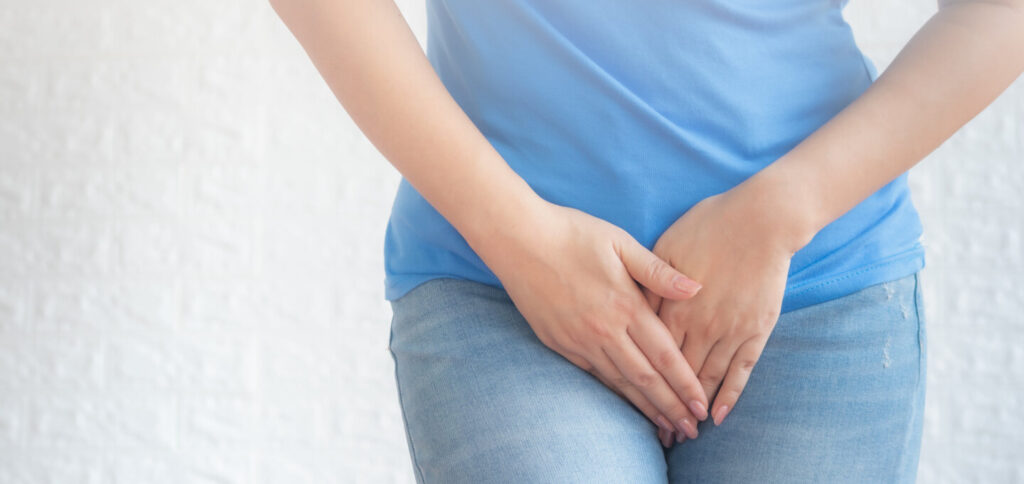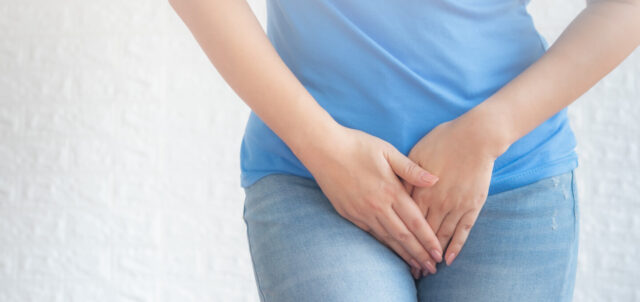QUESTION: My friend gave birth at 15, but it is more than five years now and she has a weak bladder since then. She cannot hold urine and sometimes leaks. Was she still young or did anything possibly happen? What could be the cause of the leaking? Thank you, Mariam.
ANSWER: Dear Mariam,
Specialists in diagnosing and managing urine incontinencies in women are called urogynecologists and they might help on this.
Generally speaking, urinary incontinency is defined as the involuntary loss of urine that is objectively demonstrable.
It is a social or hygienic problem that affects an individual’s physical, psychological and social well-being. The condition is associated with a significant reduction in quality of life.
Age
The prevalence of this condition increases with age. Approximately five per cent of women between 15 and 44 years of age are affected by the condition.
The figure rises to 10 per cent among those aged between 45 and 64 years, and approximately 20 per cent of those older than 65 years.
It is even higher in women who are institutionalized. For instance, those in residential nursing homes, the condition is estimated to affect up to 40 per cent.
Causes
Urodynamic stress incontinence: This is defined as the involuntary leakage of urine during increased abdominal pressure in the absence of a detrusor contraction.
Detrusor is the thick outermost muscle of the bladder wall that contracts to enable micturition to occur.

Risk factors
l During child birth, damage to the nerve supply of the pelvic floor and urethral sphincter.
Mechanical trauma to the pelvic floor musculature and endopelvic fascia and ligaments may occur as a consequence of vaginal delivery.
l Prolonged second stage, large babies and instrumental deliveries cause the most damage. l Menopause and associated tissue atrophy might also cause damage to the pelvic floor.
l Since some nulliparous women (women who have never delivered) suffer from incontinence, a congenital cause might be inferred.
This is likely to be because of altered connective tissue, particularly collagen.
l Obesity, chronic obstructive pulmonary disease and constipation-associated straining might also result in problems.
Detrusor overactivity
Detrusor overactivity, previously called detrusor instability, the largest group of women with this condition have an idiopathic variety which is more prevalent after menopause.
Risk factors
Childhood enuresis (bed wetting), neuropathy, incontinence surgery, outflow obstruction, and smoking.
Extra urethral causes:
Congenital bladder exstrophy (a rare birth defect in which the bladder develops outside the fetus), ectopic ureter (ureter that does not connect properly to the bladder and drains somewhere outside of the bladder), Urinary Tract Infections and fistula:
Urinary fistula: This is an abnormal opening between the urinary tract and the outside.
Urinary fistula can be due to obstructive labor, pelvic surgery, pelvic malignancy or radiotherapy.
Investigations: Cytometery (measurement of the pressure–volume relationship of the bladder), cystoscopy (to rule out bladder injury) and Ultrasound.
Treatment
Besides a definitive plan for surgery for each cause, simple measures such as pelvic floor exercises, exclusion of urinary tract infection, restriction of fluid intake, modifying medication (e.g. diuretics) and treating chronic cough and constipation play an important role in the management of most types of urinary incontinency.






















